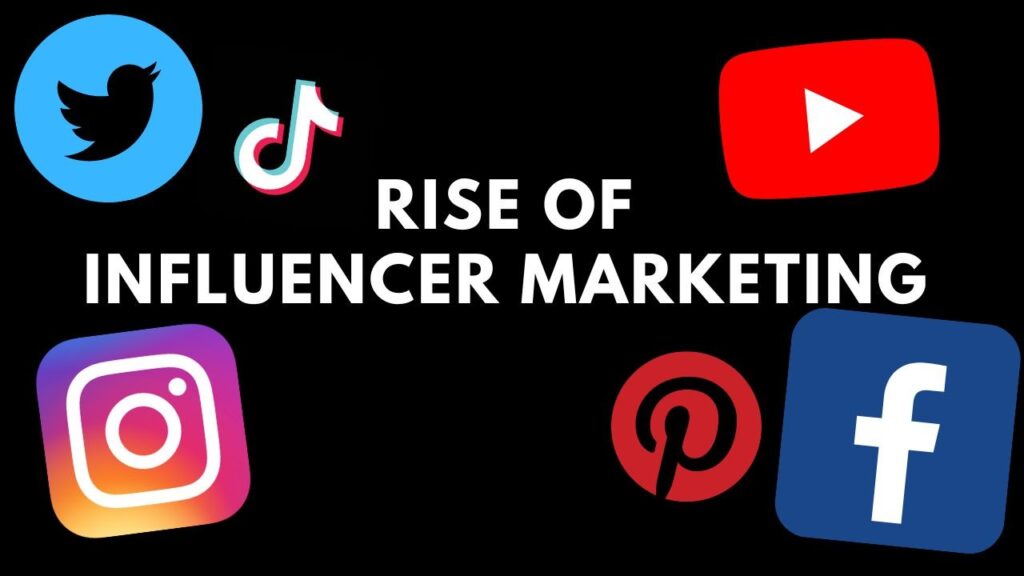Influencer marketing is still going strong in the digital world, grabbing the attention and budgets of brand
marketers everywhere. As businesses try to connect with smaller, more specific groups of people, the value of influencer marketing has skyrocketed. It’s clear this trend isn’t going anywhere soon. Yet, as the industry
evolves, marketers are approaching this space with both excitement and caution, especially given the broader economic uncertainties and the shaky future of platforms like TikTok.
The rise of influencer marketing has been nothing short of remarkable, and it’s not just a passing fad. In 2023, the global influencer marketing industry was valued at an impressive $22.1 billion, according to the Collabstr
Influencer Marketing Report. This is a huge leap from previous years, showing just how much trust brands are placing in influencers to connect with their audiences in authentic and engaging ways.
Looking ahead, spending on influencer marketing is set to keep climbing. The Influencer Marketing Hub predicts that by 2024, global spending in this area will hit $24 billion, which is an $8 billion increase from 2022. This 33% growth reflects growing confidence among businesses of all sizes in the effectiveness of this
channel, despite the uncertainties posed by a shaky global economy and the unpredictable future of platforms like TikTok.

When we look at how companies are spending their marketing dollars, some interesting trends emerge. In 2023, 67% of companies surveyed by Influencer Marketing Hub reported they had increased their influencer
marketing budgets, though this was a bit of a dip from the 76% who planned to boost their spending in 2022.
This slight decrease is likely due to the uncertainty around TikTok’s fate in the U.S., where it faced potential bans or forced sales, as well as global economic challenges that have made some brands more cautious with their spending.
Despite these bumps in the road, many companies are sticking with influencer marketing. In 2024, about 25% of companies kept their influencer marketing budgets between $10,000 and $50,000 per year. Another 20% were ready to invest between $50,000 and $100,000, and about 20% set aside between $100,000 and $500,000.
Only 10% were willing to spend between $500,000 and $1 million, while another 10% went beyond the $1 million mark, showing a strong belief in the potential returns from influencer campaigns.
But while overall investment in influencer marketing remains strong, there are signs that marketers are starting to tread carefully. In 2024, 59% of marketers planned to increase their influencer marketing budgets, down from 62% in 2021. This slight decline reflects several concerns, including the potential for a TikTok ban, which has caused some brands to rethink their investment in the platform. The uncertainty surrounding TikTok has made marketers nervous about the stability of their campaigns and the risk of losing a key way to reach younger audiences.
Additionally, the rapid growth of influencers has sparked concerns about market saturation. With more influencers entering the scene, the effectiveness of marketing campaigns seems to have plateaued or even declined. Social media users, inundated with promotional content, are becoming increasingly wary of
influencer-driven ads. This growing fatigue among audiences has led to lower returns on investment for some brands, prompting them to reassess their strategies and expectations from influencer partnerships.
As we look to the future, influencer marketing is poised for continued growth, but brands need to be strategic and data-driven in their approach. While the overall value of the industry is set to rise, the challenges of platform uncertainty, market saturation, and shifting consumer sentiments mean that marketers need to be more selective in their influencer partnerships. In 2024, the key to success in influencer marketing will be finding the right balance between investment and innovation, ensuring that campaigns truly connect with increasingly discerning audiences.
By staying informed through data and being aware of the shifting dynamics of the digital landscape, brands can continue to tap into the power of influencers while adapting to the evolving preferences and expectations of their target markets.

